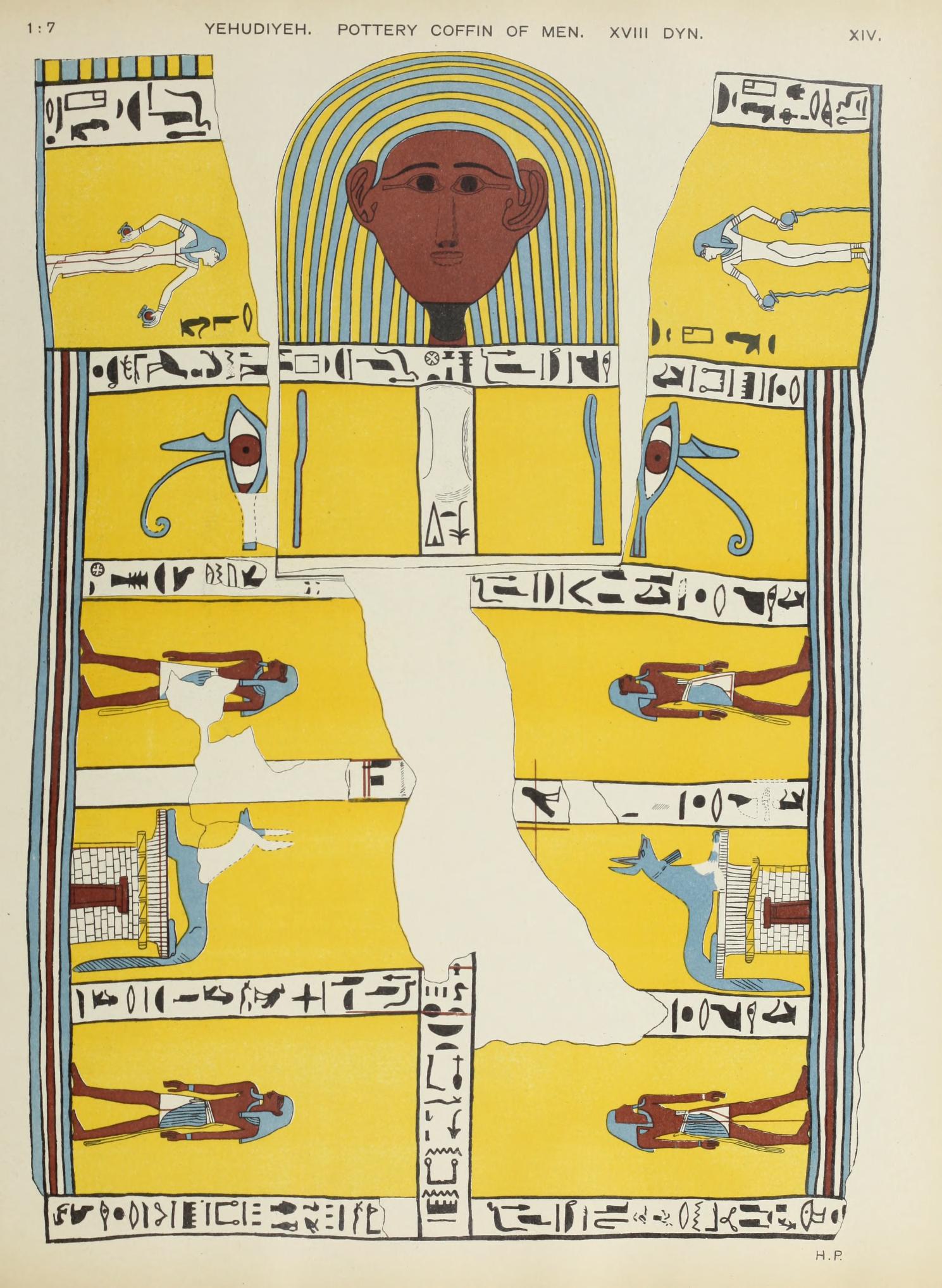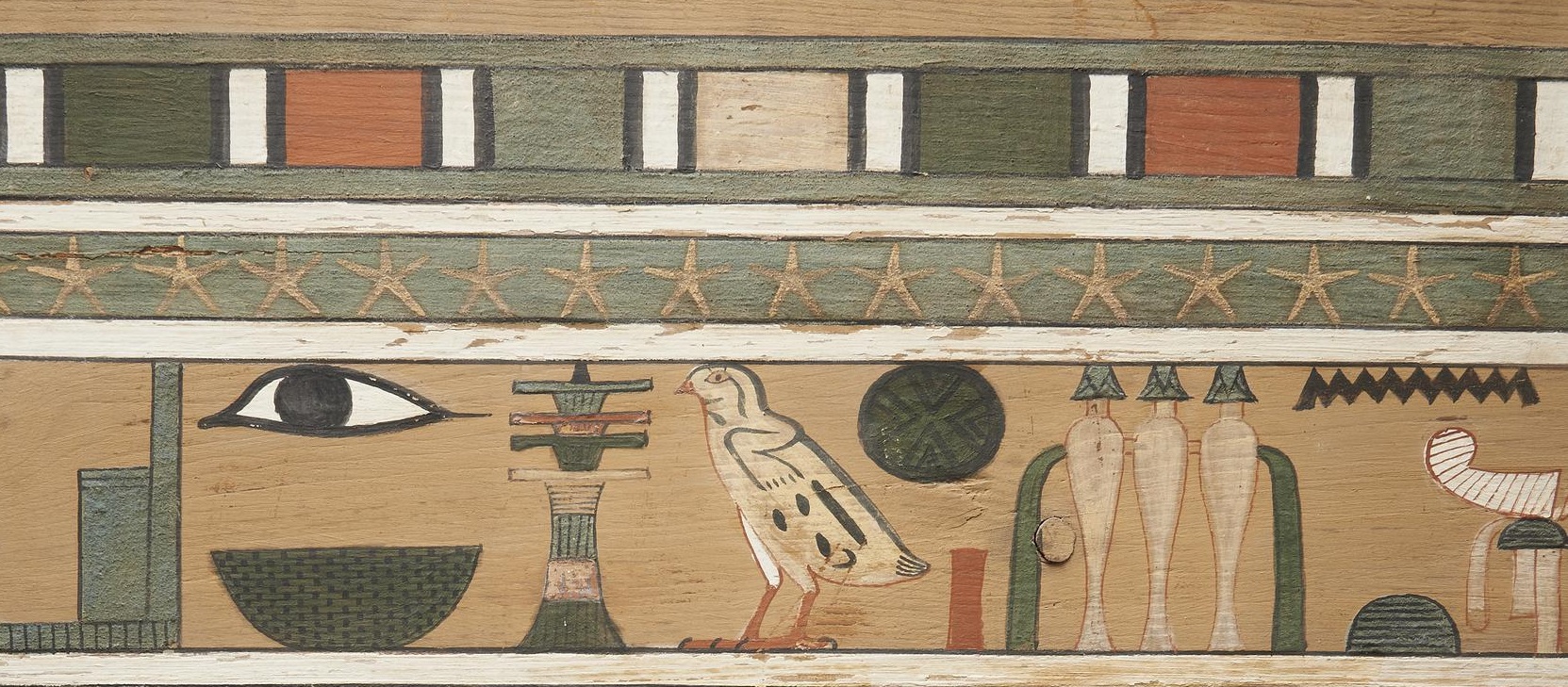by mrvaldesogo | Dec 27, 2021 | Blog "Hair and Death in Ancient Egypt", Sin categoría
As we have seen in a previous post, the iconography of this coffin contains traditional images of Egyptian art to guarantee the resurrection of the deceased. In addition, in the previous post we exposed that the decoration was perfectly distributed on the surface. So,...

by mrvaldesogo | Nov 26, 2021 | Blog "Hair and Death in Ancient Egypt"
Images in Egyptian art were much more than just designs, specially in funerary sphere. They were a tool for achieving a goal and their effectiveness was out of doubt. Moreover, the artist also had to choose their location on the surface for creating a coherent...
by mrvaldesogo | Oct 29, 2021 | Blog "Hair and Death in Ancient Egypt"
Clay Coffin of Men. Dynasty XVIII. Tell el-Yahoudiyeh (tomb 411). Musées Royaux d’Art et d’Histoire de Bruxelles, E.4348. Photo: MRAH Coffins in Ancient Egypt were not made just in wood, but also in ceramic. Although these kind of coffins are much more...
by mrvaldesogo | May 17, 2021 | Blog "Hair and Death in Ancient Egypt"
Thanks to the numerous documents that has come down to us from Ancient Egypt, almost all related to their religious beliefs, we know about their gods, the ceremonies they practiced, their mythologies, and above all how they buried their dead and also how they did to...
by mrvaldesogo | Dec 24, 2020 | Blog "Hair and Death in Ancient Egypt"
Keep safe and protect the others with your actions. Coptic painting in Tomb of Qubbet el-Hawa (Aswan). XI-XII Century. Photo: Mª Rosa Valdesogo

by mrvaldesogo | Nov 25, 2020 | Blog "Hair and Death in Ancient Egypt"
Colour is a very important element in aesthetics, because by itself it provokes immediate emotions. A colour can determine a state of mind, predispose us to something or even influence someone’s attitude. Effects of Colours in our Emotions. The cold colours,...

